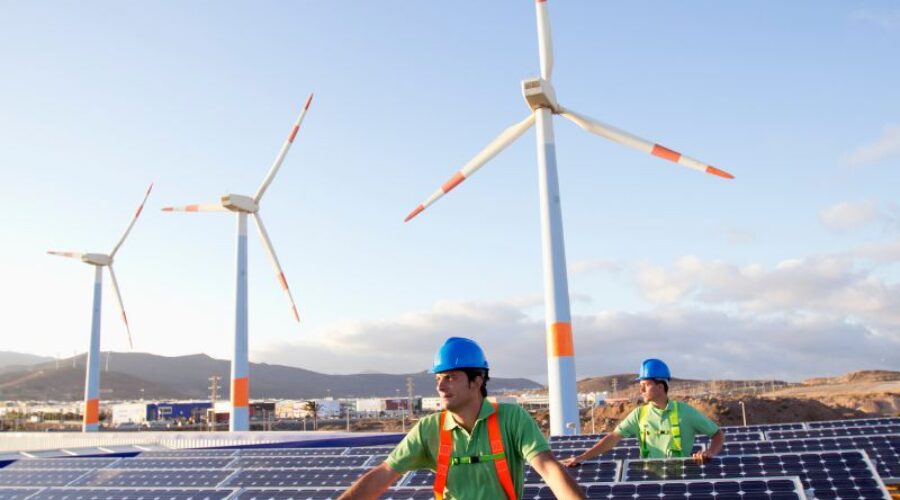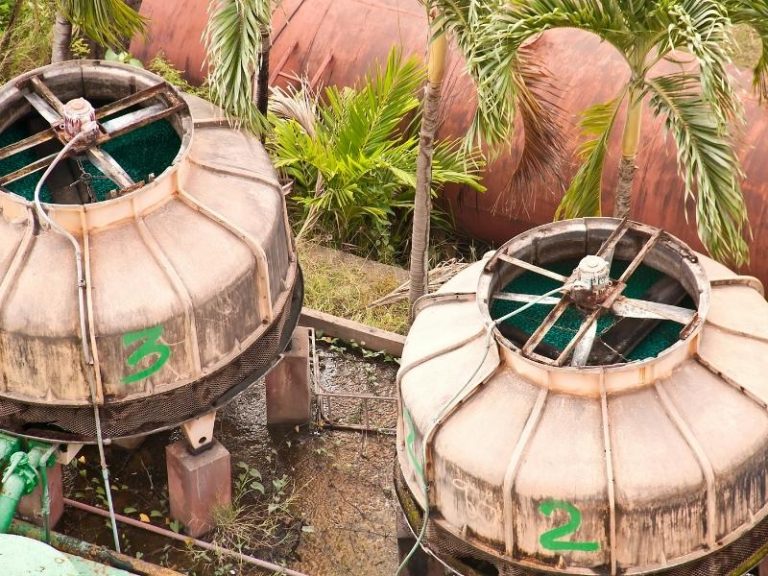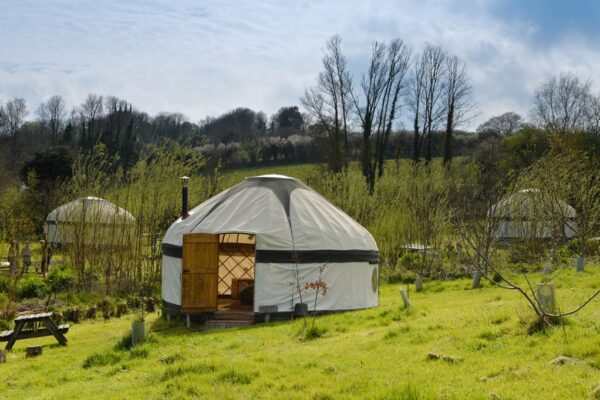8 Leading Countries in Renewable Energy (2023)
Despite the general global landscape, there are certain countries that have consistently set an example in renewable energy production for several years, and they have continued to do so in 2022. These nations cover a significant proportion of their electricity needs from renewable sources, with some even surpassing their domestic demand and exporting the surplus to other countries. Below is a list of 8 leading countries with renewable energy that stand out for their substantial contributions.
Building upon the countries leading in renewable energy, the IEA’s latest report, Renewables 2022, reinforces the promising outlook for the global renewable energy sector. IEA predicts a significant increase of nearly 2,400 GW (around 75%) in global renewable capacity from 2022 to 2027. This growth is driven by ambitious expansion policies in key markets (for example, faster policy implementation in China, Europe, the United States, and India), and the economic attractiveness of renewable technologies amidst high fossil fuel prices and the energy crisis.
Costa Rica
In 2022, Costa Rica generated more than 98% of its energy (excluding the transportation sector) from renewable energy. 75.16% from hydropower, 12.97% from geothermal sources, 10.65% from wind, and less than 1% from biomass and solar panels. This is more than the country needed since they had sold 747 gigawatt hours in the Regional Electricity Market, helping neighbor countries to reach their targets. Costa Rica is also working together to reach net-zero emission, a carbon-neutral position, in 2050. This dedication to sustainability extends beyond energy production, as the country has many other environmentally friendly initiatives, including the growing number of eco-lodges all around Costa Rica.
Sweden
According to data from 2020, Sweden’s total energy needs (not just electricity) were covered by 43% hydroelectric, 31% nuclear, 15% wind, 9% biofuels, and less than 1% solar, which resulted in surprisingly low carbon dioxide emission rates. However, since then, 2022 monthly figures came back even more impressive, as they managed to increase the ratio of wind to 27%. They also set their sights on a 100% renewable electricity generation target by 2040 and carbon-neutral by 2045.
Iceland
85% of Iceland’s total energy supply comes from renewable sources. However, 100% of the electricity needs are satisfied with renewable energy sources, approximately 70% from hydropower, and 30% from geothermal. You could argue that it is an advantage that Iceland is a small nation (95 times smaller compared to the United States) and is located far away from the large continents, so it is easier for them than for others. Even so, not all small nations could reach these heights by 2022.
Norway
In 2022, Norway’s electricity generation is 92% derived from its extensive hydropower resources. Additionally, the country exhibits a high level of electrification in its energy demand, with electricity satisfying nearly half of the nation’s total final consumption. This is the highest share among the member countries of the International Energy Agency (IEA). Due to its large oil and natural gas reserves, 87% of its energy production was exported. Norway also works towards being carbon-neutral by 2050.
Uruguay
At the end of 2021, Uruguay’s electricity was produced by 94% renewable sources, 33% from hydropower, 31% from wind, 17% biomass, and 4% solar. In 2022, the country exported 17% of the produced electricity to Argentina. It plans to become carbon-neutral by 2050 by investing in green hydrogen, since research shows that Uruguay has important competitive advantages to producing it from water and renewable energy sources.
Paraguay
In December 2021, Paraguay closed the last thermal plant and became one of the two countries in the world (the other is Albania) that produces electricity 100% from hydropower. There are three hydropower plants: Itaipú, Yacyretá, and Acaray, and the first one produces 80% of all supply. Furthermore, Paraguay generates far more power than it uses from its three dams and is able to sell the remainder.
Brazil
Brazil reached the highest level of renewable energy sources to cover its electricity needs. Brazilian Power Trading Chamber announced in February 2023 that 92% was reached because 88 new solar parks were added to the grid, making the contribution of solar energy almost 65%. Hydropower at 17%, wind at 12%, and biomass at less than 1% make up for the difference.
Tajikistan
Tajikistan has some of the world’s largest hydropower plants, which generates energy to cover more than 91% of the country’s electricity need in 2021. Due to the country’s high vulnerability to climate change and natural disasters, they diversified their energy mix and the ratio of coal-fired power plants in the last years. While they plan to introduce more solar and wind-based options, hopefully, fossil fuels will not increase further on, and they get to keep being one of the highest renewable energy countries.
More articles about sustainable living
Emese Maczko is a travel blogger behind Eco Lodges Anywhere. Having explored several destinations around Europe, the US, Indonesia, and Australia, and resided in Germany, the United Kingdom, and Luxembourg, Emese possesses a keen understanding of diverse cultures and an appreciation for the beauty of each destination she visits. She advocates for sustainable travel and ecotourism.






